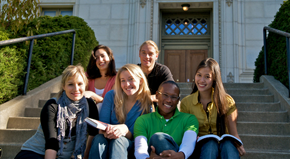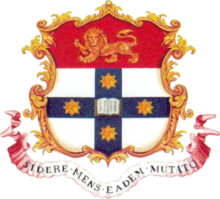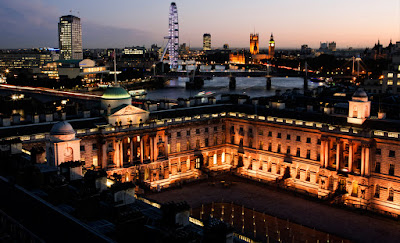The American School of Correspondence is a distance education high school founded in 1897 that's regionally accredited by the North Central Association of Colleges and Schools. It is a pioneer in the field of home study. It has over two million graduates and annually serves about 40,000 students.
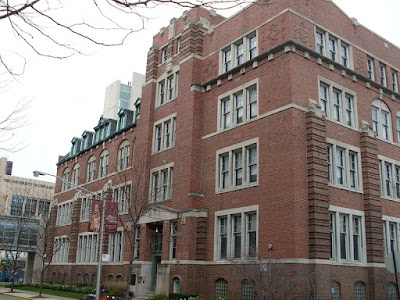 |
| American School of Correspondence, 2008 |
Program
The American School is a non-public secondary school and offers its own diploma. It is not a GED program. High school students can complete four years' worth of credits at their own pace, often taking less time than in a traditional high school. All exams in the more than 70 courses offered are hand graded by a qualified staff of full-time and part-time instructors.
College scholarships are awarded annually by the school.
Additionally, the school works with thousands of public, private, and parochial schools throughout the United States to offer distance learning courses to students who have fallen behind in credits, or are working at an accelerated rate. The credits for these correspondence courses are then transferred to the student's high school.
The American School was located in the Hyde Park neighborhood of Chicago for many years before moving to the suburb of Lansing, Illinois in 1996. The building which once housed the school in Hyde Park is now considered a Chicago architectural landmark.
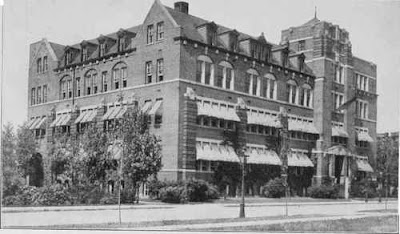 |
| American School of Correspondence, 1912 |
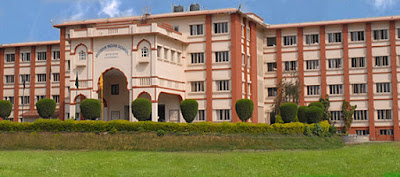 3 Assam
3 Assam 9.3 Vadodara
9.3 Vadodara 24 Punjab
24 Punjab